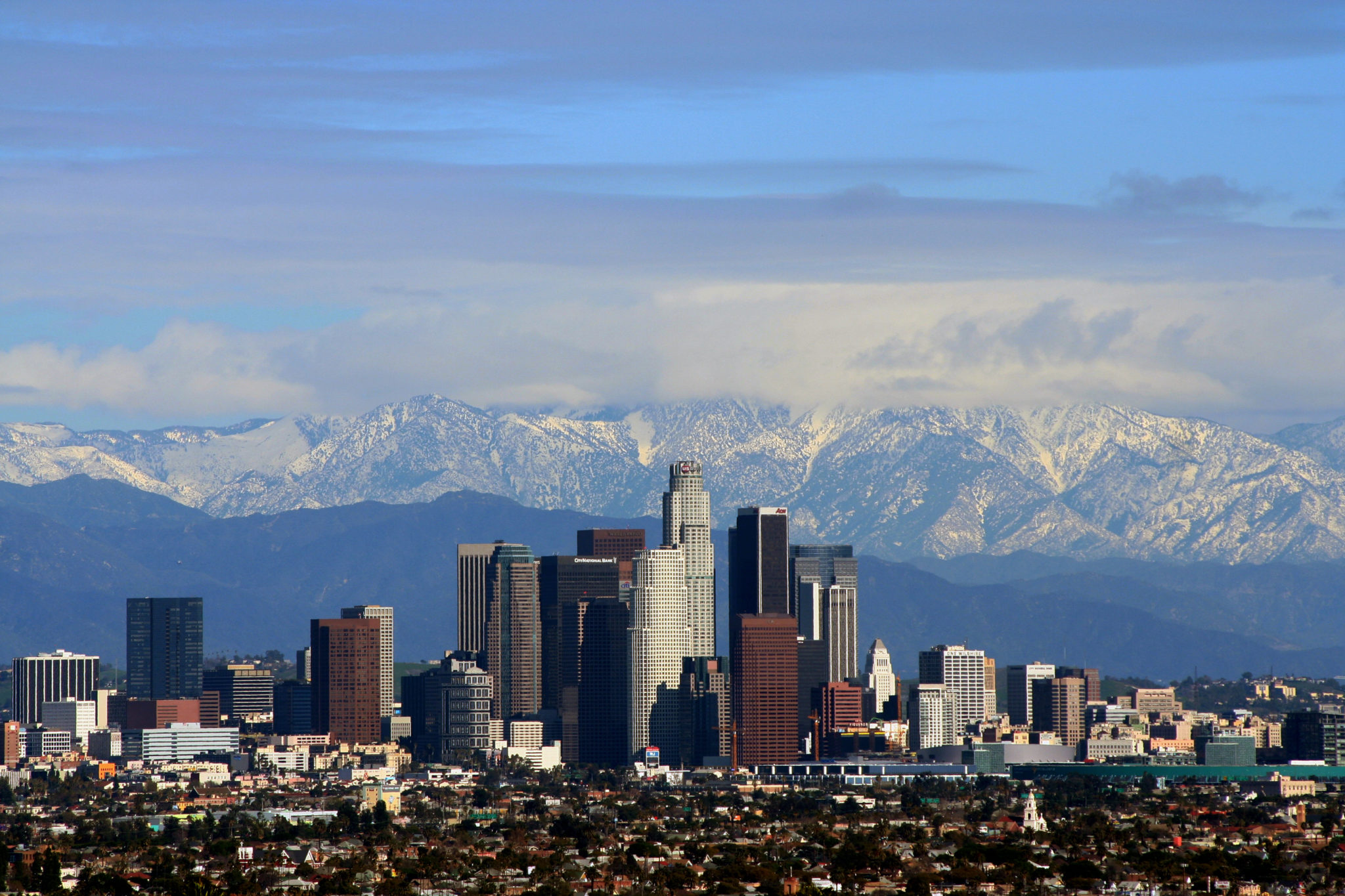On October 4, Governor Gavin Newsom approved a 12.5 percent excise tax on vaping products in California.
The bill, authored by Democratic State Senator Anna Caballero, intends to tax vaping products at a rate closer to cigarettes and, runs the theory, consequently discourage youth vaping. According to The Los Angeles Times, it’s projected that the tax will yield $38.4 million in revenue by 2023, “with money to be split among several programs, including early childhood education, public health education and grants to students from disadvantaged communities pursuing an education in the health field.”
One can only hope that these programs will teach students better science and economic than their creators have displayed. The usual criticism on vape taxes apply: Because cigarettes and vapes are substitute goods, as the logic should go, the former should be taxed more than the latter, in order to incentivize people to switch to a less harmful alternative. California also has a wholesale tax for vape distributors around 60 percent, though customers may not have necessarily experienced the burden.
“Most manufacturers that have had to collect or remit the wholesale tax decided not to push it onto the retailers and consumers and ‘ate it,’” Stefan Didak, a tobacco harm reduction (THR) advocate in California, told Filter. “Part of that was because it’s more economical for them to fiddle with it and only calculate the tax on the portion of nicotine itself going into a bottle, and the other was for competitive reasons.”
As a result, he explained, “the actual impact has not been felt in the state by consumers.” However, “with this 12.5 percent retail tax, it certainly will be felt.”
THR proponents, vape producers and consumer advocates have already been on high alert: A version of a new federal tax proposal, which circulated around Washington in mid-September, would raise the tax rate on e-cigarettes to parity with tobacco, making them more costly than lethal combustibles. Specifically, the proposed tax per 1,000 cigarettes would be increased to $100.66—and vaping products would be taxed at this same rate, with 1,000 cigarettes equal to 1,810 milligrams of nicotine. (Early estimates by critics and tax reformists, for example, calculated that a four-pack of Juul pods would be taxed around $9, whereas a pack of cigarettes would only be taxed around $2.)
With these sorts of state taxes, and federal ones still threatened, California would become one of the least affordable states for vapers. Still harsher local policies appear to have backfired, even as nationwide youth vaping rates declined again in 2021: A study published in JAMA Pediatrics found that after San Francisco’s ban on flavored vapor and tobacco products, teenagers in the city’s high schools were more likely to take up smoking compared to teenagers in other school districts.
But a less discussed aspect of new the tax leaves California vape producers in a potential legal bind—and shows how the battle for THR will be waged on various fronts in the US. That’s because atypically, California’s tax code defines “tobacco products” as including, but not limited to, “a product containing, made, or derived from tobacco or nicotine”—meaning that these excise and wholesale taxes explicitly apply to “synthetic nicotine.”
This could weigh against a loophole that manufacturers have been considering—one that could give vapers an option other than turning to a cheaper and likely riskier illicit market.
It’s a state-level policy departure from the feds. As the Food and Drug Administration (FDA) considers which vape products to deny and authorize through its premarket tobacco product application (PMTA) process, many small- and medium-sized producers, particularly of flavored products, have already been denied. Some of these manufacturers, frustrated by an arduous and expensive PMTA process that favors large companies, are turning to synthetic nicotine—which, because it is not derived from tobacco, is understood to be outside the FDA’s current jurisdiction.
The agency’s definition of a “tobacco product” as anything “made or derived from tobacco that is intended for human consumption, including any component, part, or accessory of a tobacco product,” (emphasis my own) appears to preclude synthetic nicotine.
In short, California’s policies could weigh against a loophole that manufacturers have been considering—one that could give vapers an option other than turning to a cheaper and likely riskier illicit market.
Taxes aside, synthetic nicotine is expensive, as the process for producing it on an industrial scale remains difficult. For manufacturers, it’s something of a last resort to stay in business. Yet the new taxes could plausibly create a situation in which vape producers in California, increasingly employing synthetic nicotine to avoid the FDA’s crosshairs, could have to pull back from this work-around.
“Unfortunately, I have already observed some e-liquid manufacturers in the state expressing an intent to adapt to synthetic nicotine and mistakenly believe it is entirely unregulated and untaxed,” Didak said. “The last thing anyone would want is to see the powers of the California Department of Tax and Fee Administration used against small businesses because it presents an easier enforcement mechanism. Just like it did back in the days of alcohol prohibition where those caught were because of tax evasion more so than anything else.”
“The war on vaping is expanding at a rapid pace and all vaping products—whether they contain synthetic nicotine or are just standalone devices intended to be used with CBD or THC—are going to get caught up in the rush to pass prohibitive and restrictive legislation,” Greg Conley, the president of the American Vaping Association (AVA), told Filter.
Photograph by Todd Jones via Flickr/Creative Commons 2.0
The Influence Foundation, which operates Filter, has received unrestricted grants from Juul and donations from AVA. Filter‘s Editorial Independence Policy applies.





Show Comments